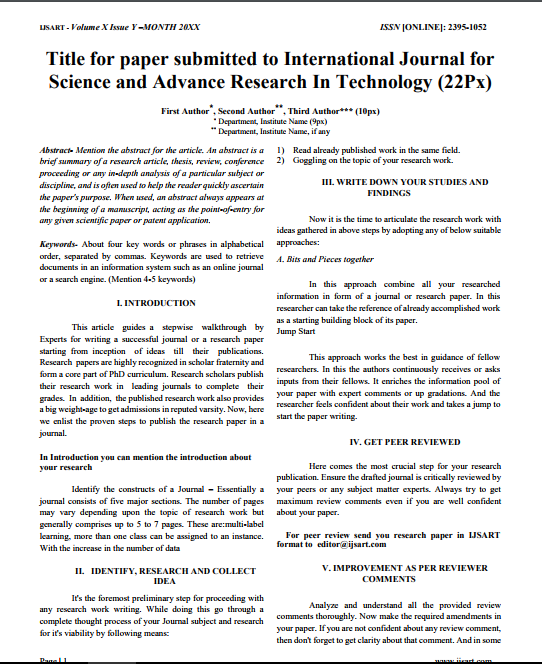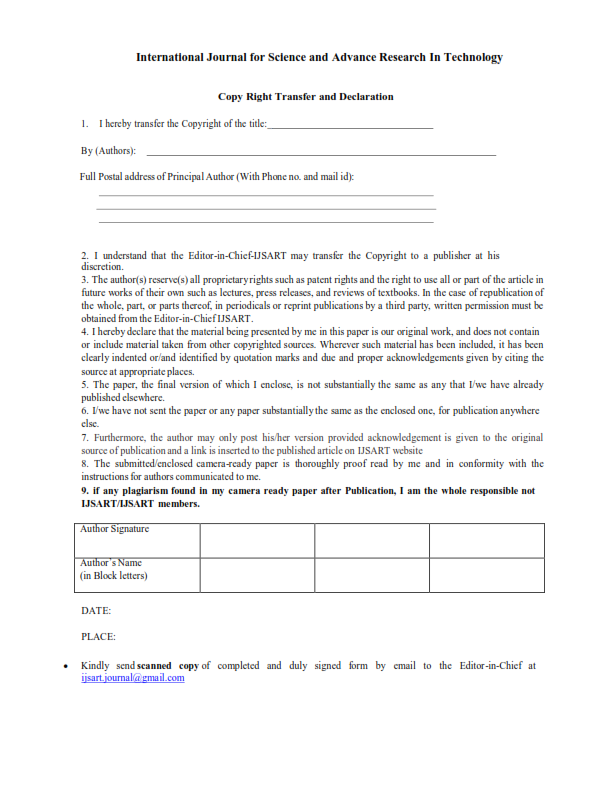PERFORMANCE ANALYSIS OF SWIPT NOMA |
Author(s): |
| Eksha Rastogi |
Keywords: |
| NOMA, SWIPT, Energy-Harvesting (EH) |
Abstract |
|
Because of its intrinsic capacity to satisfy a wide range of requirements, NOMA is the most promising and appropriate wireless technology for next-generation communication systems. Minimum latency, high dependability, massive connection, and high data rate are the characteristics that distinguish 5G technology from present technology. Using the differential power domain idea, this technology allows access to several clients at the same time and within the same frequency range. The 5G plan was designed to reduce energy usage and enable viable green communication. The proposed study focuses on resource optimization for NOMA that is both energy efficient and cost effective. There are a variety of NOMA methods available, such as power. The use of simultaneous wireless information and power transfer (SWIPT) to cooperative non-orthogonal spectrum sharing is investigated in this work (NOMA). A novel cooperative multiple-input single-output (MISO) SWIPT NOMA protocol is developed, in which a user with a good channel condition works as an energy-harvesting (EH) relay by using the power splitting (PS) method to assist a user with a bad channel state. We seek to maximize the data rate of the "strong user" while fulfilling the Application requirements of the "weak user" by optimizing the PS ratio and beamforming vectors together. The semidefinite relaxation (SDR) approach is used to reformulate the original issue and prove rank one optimality in order to solve the stated nonconvex problem. Then, for complexity reduction, an iterative method based on sequential convex approximation (SCA) is developed, which can at least reach its stationary point efficiently. The single-input single-output (SISO) situation is also investigated in light of prospective application scenarios, such as the Internet of Things (IoT). In terms of the PS ratio, the stated issue is shown to be strictly unimodal. |
Other Details |
|
Paper ID: IJSARTV Published in: Volume : 9, Issue : 6 Publication Date: 6/1/2023 |
Article Preview |
|
Download Article |


